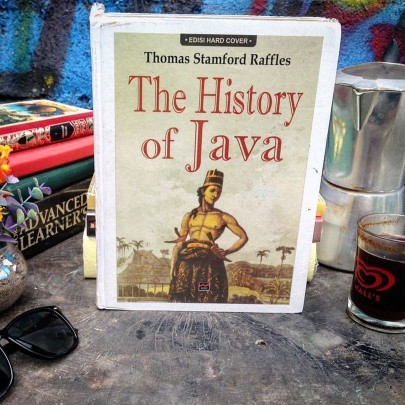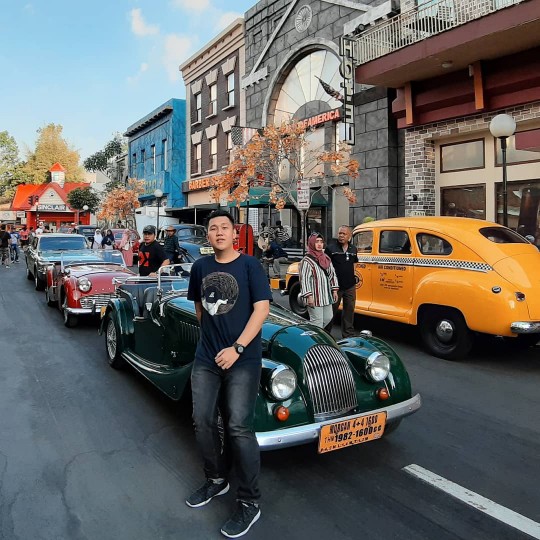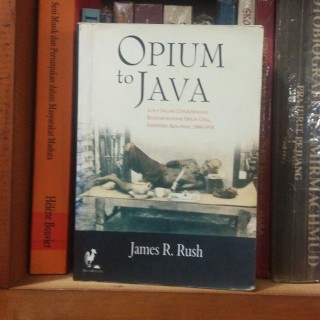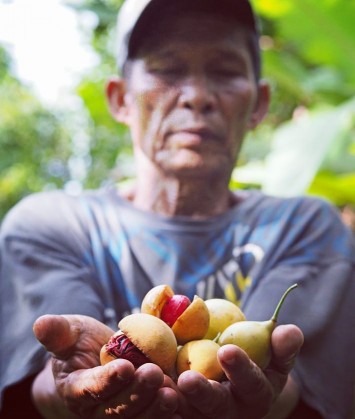javaprivatetour.com – As the sun sets on Jakarta’s iconic skyline, the city’s narrative is undergoing a transformation. Once the heart of Indonesia’s political landscape, Jakarta will no longer serve as the nation’s capital after 2024. The reins of governance will shift to the lush landscapes of Kalimantan Timur in Nusantara, leaving Jakarta with a unique story to tell.

A Capital in Transition
The Indonesian government has officially designated the point where this change will take place—the Zero Kilometer point of the Nusantara Capital, located in Sepaku District, Penajam Paser Utara Regency, Kalimantan Timur. This zero kilometer mark will serve as the epicenter of the new capital, signaling the completion of the long-anticipated shift from Jakarta.
This historic transition is not just about moving government offices; it symbolizes a shift in the nation’s focus. Jakarta, formerly Batavia during the Dutch colonial era and Jayakarta before that, has been a witness to centuries of change, growth, and transformation.

A Journey Through Jakarta’s Name Changes
DKI Jakarta has undergone several name changes throughout its history, each reflecting the evolution of the city and the nation. These shifts are not just linguistic but also deeply rooted in historical context and Indonesia’s journey towards self-identity.
Understanding these name changes is a vital part of preserving history and instilling a sense of appreciation for the values and struggles associated with them. Jakarta, originally known as Sunda Kelapa, was once under Portuguese rule. In 1527, Prince Fatahillah of the Demak Kingdom ousted the Portuguese, renaming the city Jayakarta, meaning “City of Victory.” Jayakarta thrived as a bustling port, attracting traders from all corners of the world.

However, Dutch colonization in 1619 led to the city’s transformation into Batavia, named after the Dutch ancestors, the Batavians. The Dutch meticulously designed the city, creating a European enclave, while the indigenous population was relocated.
Subsequently, during World War II, Jakarta fell under Japanese rule, and the city was renamed Jakarta Tokubetsu Shi. After Japan’s defeat and Indonesia’s independence in 1945, Jakarta reverted to its current name.
Jakarta’s Unique Future

As Jakarta prepares for its future as a city no longer burdened by the responsibilities of being the nation’s capital, it has the opportunity to shine in a different light. The city’s uniqueness lies in its history as the largest and most diverse port in Java, attracting colonial powers like the Portuguese, English, Spanish, and Japanese who left their marks.
Jakarta’s historical streets, such as “Jalan Lada” (Pepper Street) and “Jalan Cengkeh” (Clove Street) in the Old Town area, harken back to its days as a hub for spice trading from across the archipelago before these valuable commodities were shipped to Europe.
The city’s character is a testament to the mingling of different cultures and the interplay of indigenous and foreign influences. Jakarta’s neighborhoods are a microcosm of Indonesia, where people from various ethnic backgrounds coexist, creating a vibrant mix of cultures.
Inviting You to Discover Jakarta’s Charms
Though Jakarta is no longer the capital, it remains a city with a rich tapestry of history and a bright future. Its transformation opens the door to a new era of tourism. Explore the remnants of colonial architecture, savor diverse cuisines, and immerse yourself in the dynamic cultural scene. From museums to markets, and even exploring the thousand islands, Jakarta offers a kaleidoscope of experiences.

While you’re in Jakarta, why not make your journey even more memorable with Java Private Tour? Our experienced guides are fluent in English, friendly, and knowledgeable about the area. We prioritize your preferences and provide flexible itineraries, ensuring your visit to Jakarta is both enjoyable and insightful.
Jakarta may no longer be the capital, but it remains a captivating destination with a story to tell. Join us on a journey through history and culture, and discover the unique charm of this city, where the past meets the future, and the world converges in a melting pot of diversity.
So, when you plan your visit to the Nusantara, don’t forget to explore Jakarta first, where every street corner tells a tale, and every experience is a glimpse into Indonesia’s colorful history and promising future. BOOK HERE NOW to explore Jakarta with Java Private Tour.
You May Also Like
 Indonesia’s Rich History: Exploring Ancient Temples and Ruins
Indonesia’s Rich History: Exploring Ancient Temples and Ruins
 Exploring the Rich History of Java at History of Java Museum
Exploring the Rich History of Java at History of Java Museum
 Exploring the Rich History of Belanda Depok (Dutch Depok) : A Hidden Gem in Java
Exploring the Rich History of Belanda Depok (Dutch Depok) : A Hidden Gem in Java
 Discovering the Enchanting Tapestry of Java: Unraveling Its Fascinating History
Discovering the Enchanting Tapestry of Java: Unraveling Its Fascinating History
 Time-Warped: Exploring Jakarta’s Rich Heritage at Fatahillah Museum
Time-Warped: Exploring Jakarta’s Rich Heritage at Fatahillah Museum













